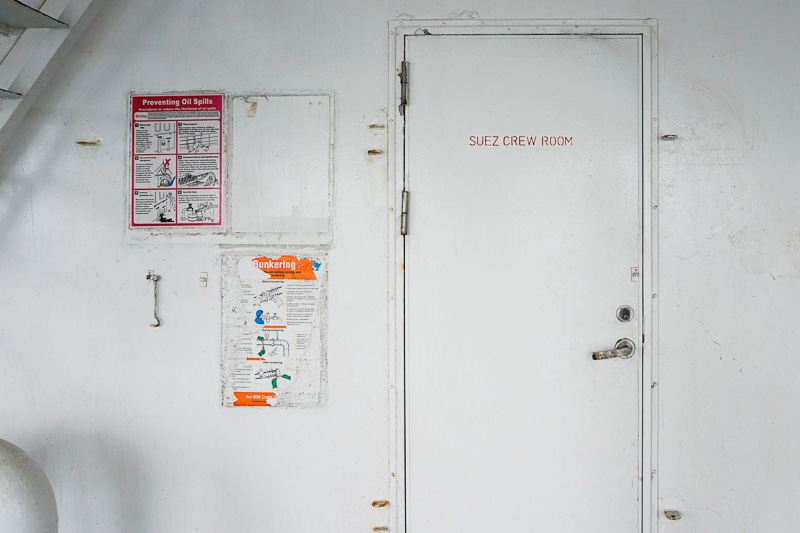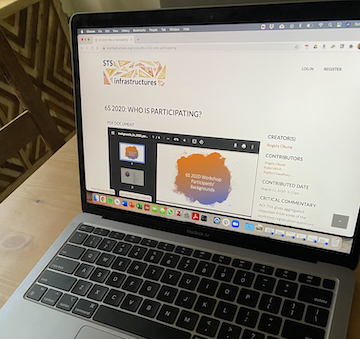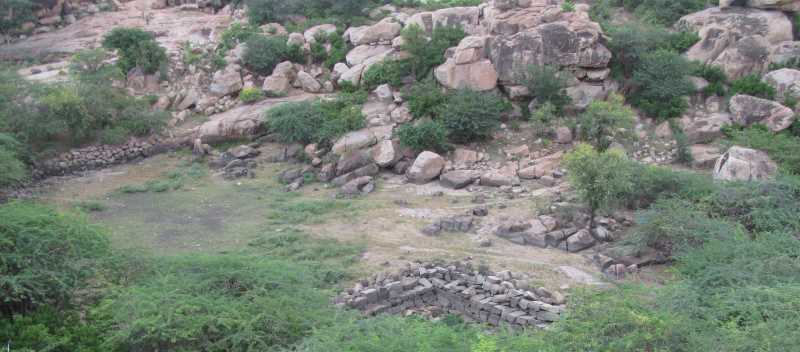
Girls, Gadgets, and Gatekeepers: What is Ethical Feminist Fieldwork When Working with Children?
There is no Institutional Review Board (IRB) or equivalent body in India. The ethics of research are left to the purview of researchers, their supervisors, and departments. Therefore, as an international PhD student, I first encountered the IRB when planning my MA project at UC Irvine, where I investigated the intersectional effects of gender and class within the family, and how they shape differential access to mobile phones for adolescents in urban India. (read more...)







